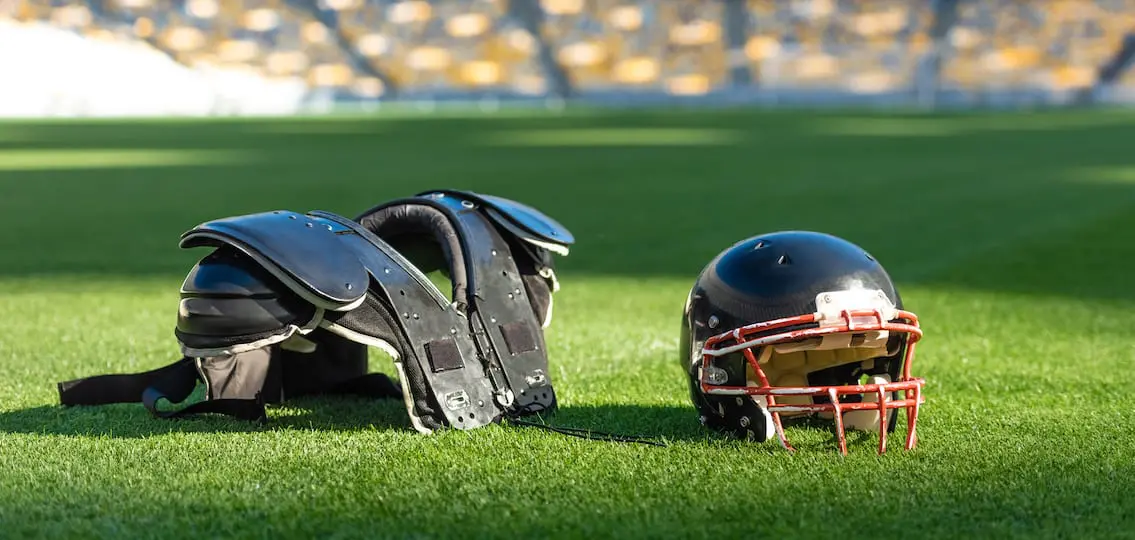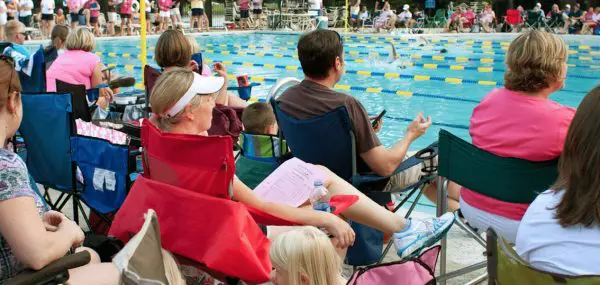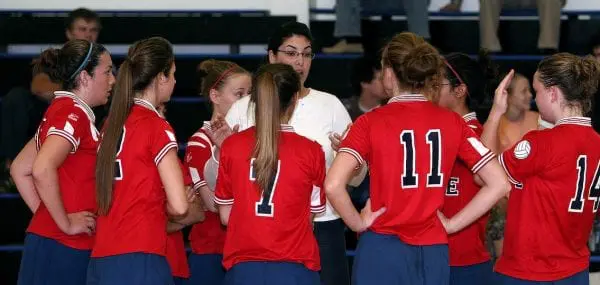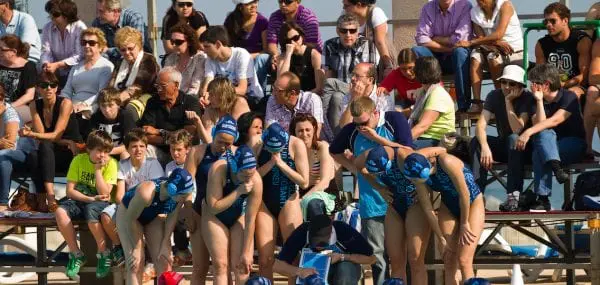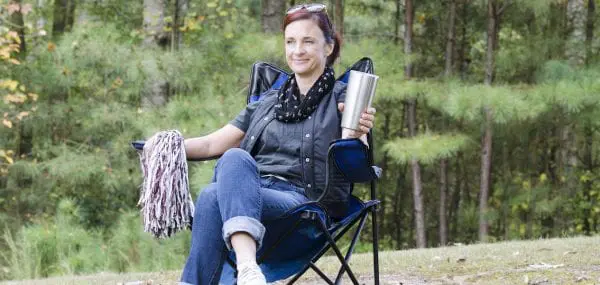If you’re a parent of an athlete, you’re probably concerned about sports concussion symptoms. Your Teen asked Dr. Richard Figler, who practices sports medicine at the Cleveland Clinic, to help us understand when to worry.
Q: What causes a concussion?
Figler: A concussion is an injury to the brain that typically does not cause structural damage. It is usually caused by a traumatic force to the brain—either a direct blow to the head or a hard blow to the body that results in rapid head movement. Concussions can result from a hard hit or just a glancing blow.
Q: What are the signs and symptoms of a concussion?
Figler: Concussion symptoms can range from mild to severe. They can include a headache, blurred or double vision, hypersensitivity to bright lights or noises, nausea, vomiting, balance issues, orientation problems, amnesia, fatigue, or lack of concentration. Signs and symptoms usually show up immediately, but occasionally they present a few days later. Most people who have concussions do not lose consciousness.
Q: Are there different kinds of concussions?
Figler: At one time, concussions were graded and classified as either simple or complex depending on how long it took for the signs and symptoms to clear. We no longer grade or classify concussions; we just know that some concussions take longer to heal than others.
Q: What influences the management of concussions?
Figler: Loss of consciousness, although not necessarily a predictor of severity, is usually dealt with differently, especially on the field of play. Someone who is unconscious is typically treated similar to a neck injury. Safety is paramount in that situation and we tend to err on the side of caution. Otherwise, we usually tailor treatment according to the concussion symptoms. For example, if someone is very sensitive to light, they may need to wear sunglasses inside to avoid making their symptoms worse.
Q: What should parents do if they suspect their teen has a concussion?
Figler: Remove the teen from all physical activity and tone back on mental activity. Make sure symptoms are not worsening, and breathing and speaking are normal. Don’t let your teen return to play until a health care professional with experience in concussions gives clearance.
Q: When would a CT scan or an MRI be necessary?
Figler: Typically, a trained professional examines the patient and determines whether any imaging like a CT scan or MRI is warranted, based on the severity of symptoms or worrisome neurological signs such as focal weakness or loss of vision. The imaging looks for injuries to the brain such as bleeding, however, imaging studies are typically normal in concussions.
Q: How soon can a teen resume normal activity?
Figler: When a teen is 100 percent symptom free, they can begin a graded exercise program. This is a five to six day process in which sporting activity is slowly reintroduced; preferably with supervision by medical personnel trained in concussion management. The athlete will progress to increasingly more strenuous exercises as long as they remain symptom free at each step, both during and after their activity. In essence, they have to “pass” each step along the way. For those that have symptoms lasting beyond a week, they will progress at a slower rate, as determined by the physician.
Q: What happens when an athlete returns to playing the sport too early?
Figler: The risks of returning too early can be very dangerous, and advising an athlete to return before healing from a concussion can have long lasting and potentially catastrophic consequences. There is a condition called second impact syndrome, which occurs when the brain sustains another injury while it is trying to heal. Unfortunately, there are athletes who have suffered permanent neurological damage, and in rare instances, some have died.
In most instances, returning too soon will result in a prolonged recovery. The brain needs to heal before the athlete goes back to play. Athletes that return too soon typically experience a worsening of concussion symptoms that extends recovery time. Masking a headache from a concussion with medicine will also prolong recovery.
Q: Many parents are concerned about concussion in teens, especially in a sport like football. What can be done to prevent it while playing sports?
Figler: At this time, there is no way to entirely prevent concussions, but there are precautions that lessen the chance of head injury. Equipment should be used properly; chinstraps should be buckled, air bladders in helmets should be pumped up, helmets must fit properly and equipment should be worn correctly and consistently. Also, coaches should be teaching their athletes proper tackling techniques. Important safety precautions can reduce the number of sports related concussions.
Q: Are teens more prone to concussions than adults?
Figler: There are several reasons why teens may be more prone to concussions.
- We think that teen brains are still maturing and, therefore, don’t withstand injury as well as adult brains.
- More teens participate in sports, so the incidences of concussion become higher than in any other population.
- Teens tend to take more risks.
Thankfully, education and media awareness about concussions are leading to faster diagnoses, allowing the athlete to receive proper care sooner.
Q: What should parents ask coaches regarding safety?
Figler: Parents should ask whether coaches and trainers are educated in recognizing concussions. Have they attended clinics or seminars educating them about the signs and symptoms of concussion? It is important to make sure that equipment is up-to-date and in good repair. Student athletes should also be trained to recognize the signs and symptoms of a concussion. By being aware, an athlete may be able to recognize concussion symptoms and get their teammate the appropriate treatment.
Q: What are the consequences of repeated head trauma?
Figler: A repeat concussion that occurs before the brain heals from the first concussion can slow recovery or increase the likelihood of long-term effects. Repeated head traumas in high school and college-aged students have been associated with depression, Parkinson-like symptoms and learning issues. Research is ongoing.
Q: What is Second Impact Syndrome (SIS) and what can happen?
Figler: SIS is a rare condition in which a second concussion occurs before a first concussion properly heals. The brain can swell, causing compression over the spinal cord. If there is still relative swelling from the initial injury, the brain responds to the excessive pressure. SIS can result in permanent brain damage or death.
Q: Are there certain sports in which players are more prone to concussion?
Figler: Football, hockey, lacrosse and wrestling are the most common concussions in youth sports, but athletes that play any sport are at increased risk. We have seen concussions in basketball, baseball, cheerleading, gymnastics, and even golf and band.
